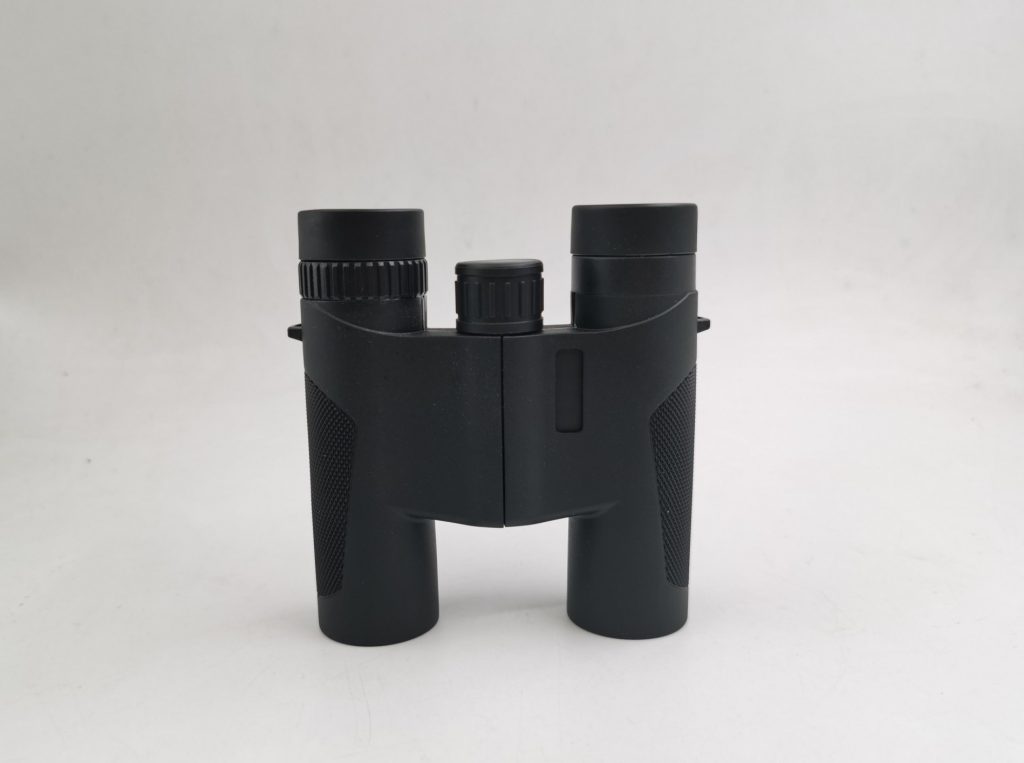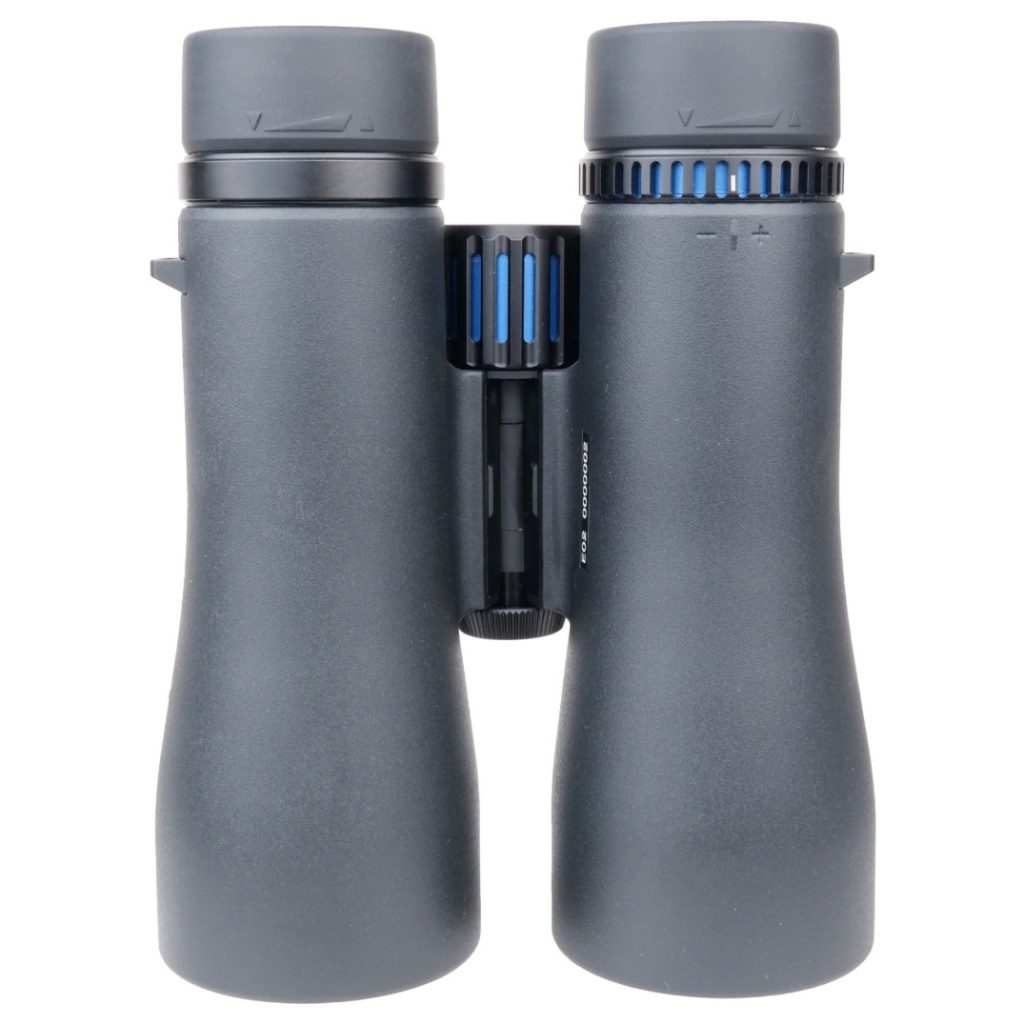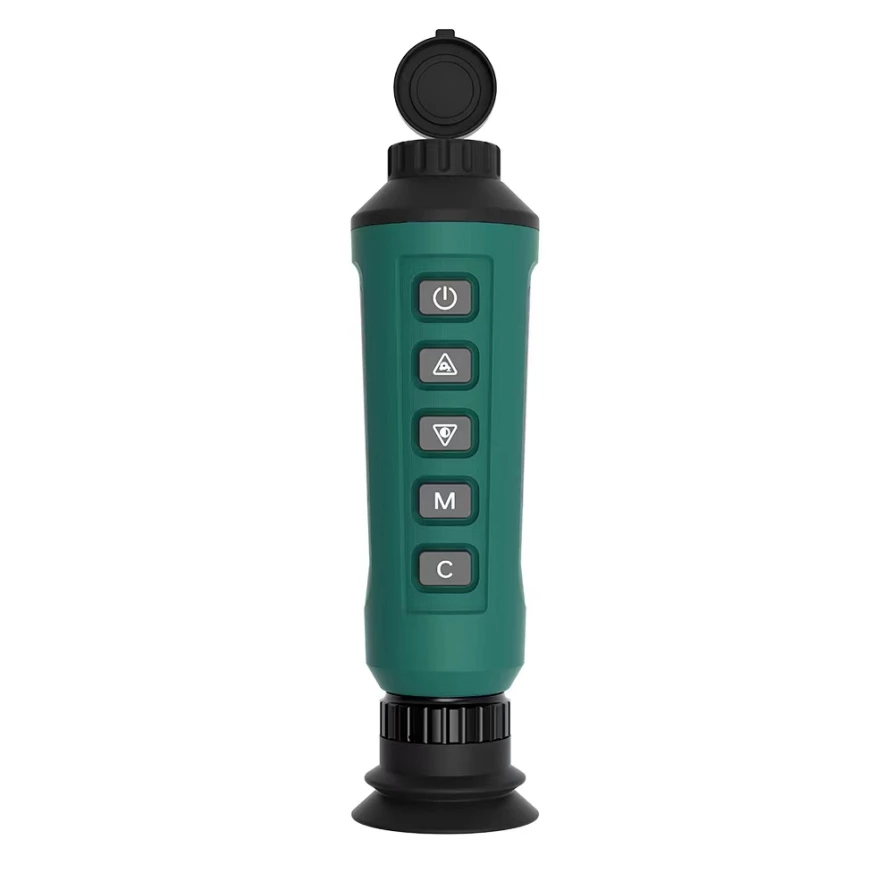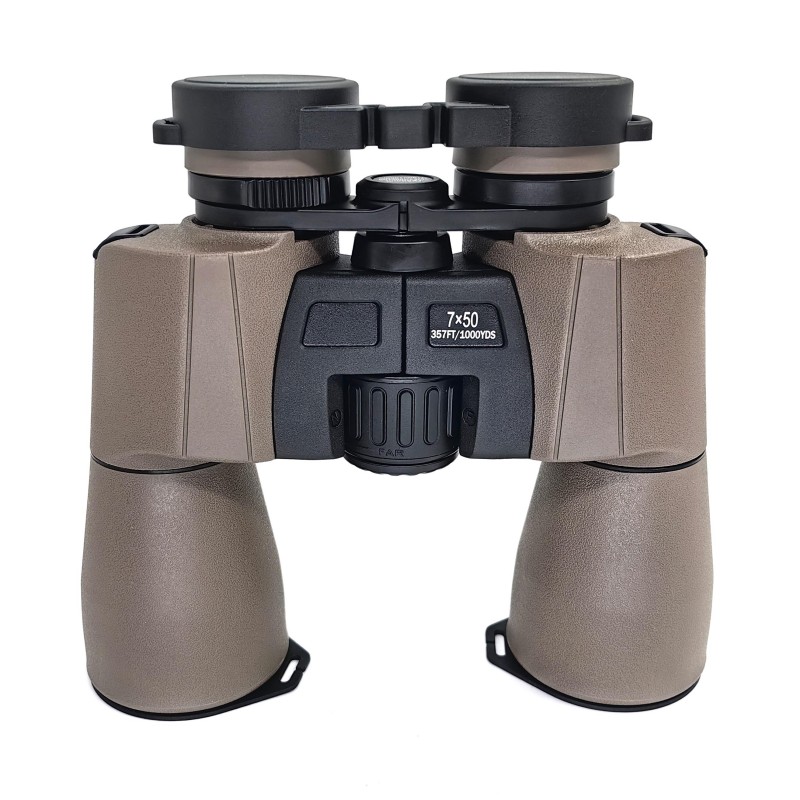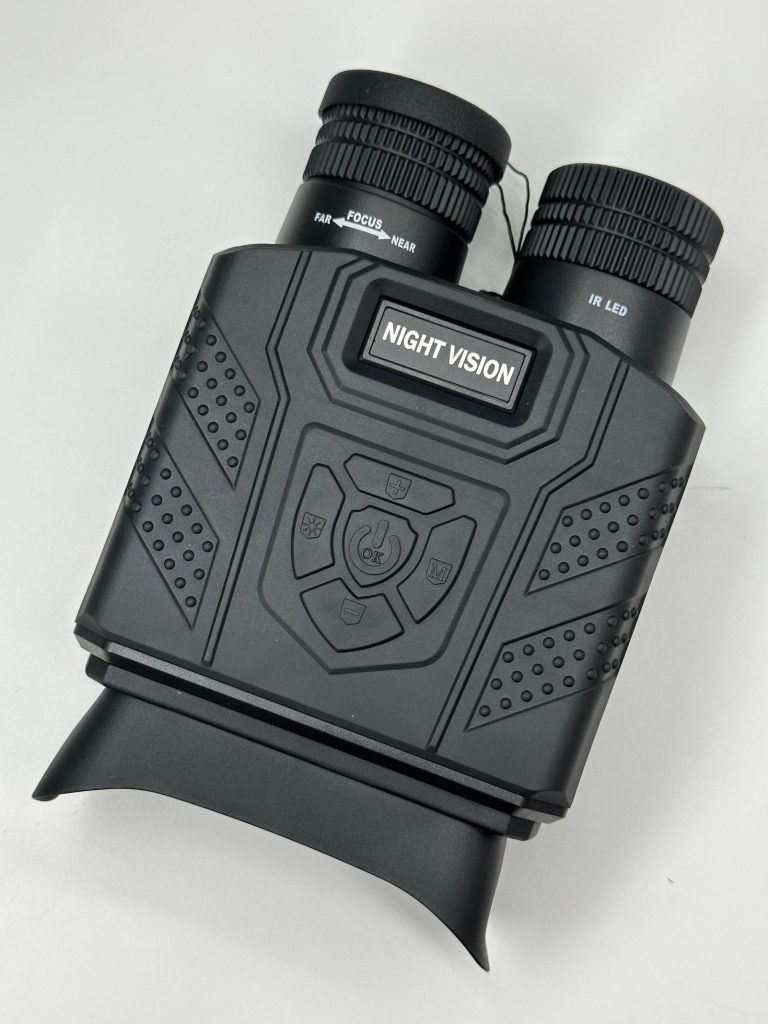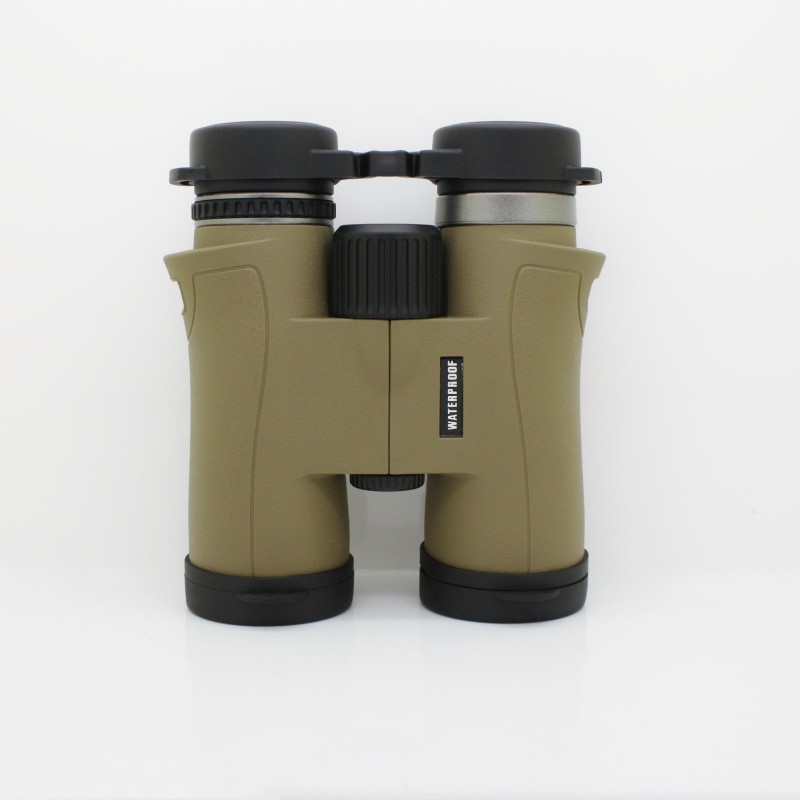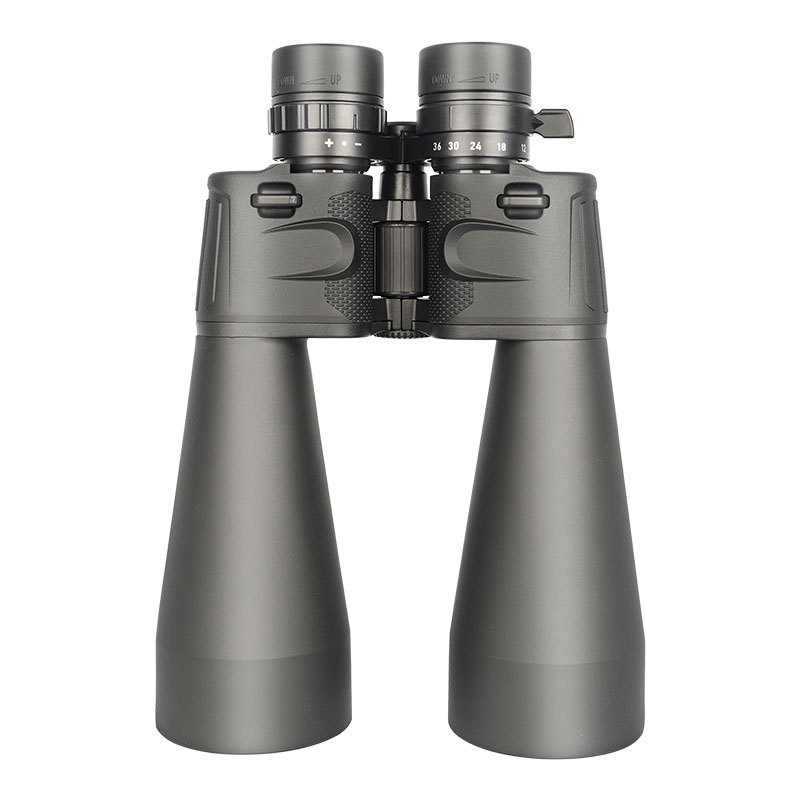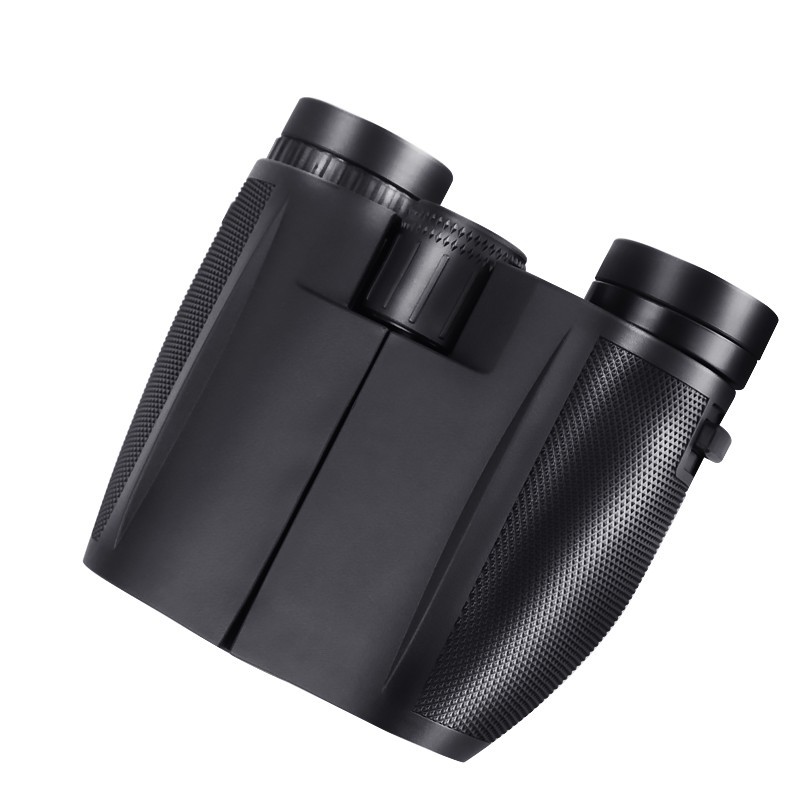Have you ever wondered how far you can truly see with a pair of binoculars? It’s a common question, and the answer isn’t as simple as a fixed number of miles. Instead, the “distance” binoculars can see is better understood as their ability to magnify and resolve details of distant objects. While binoculars don’t literally pull objects closer in terms of physical distance, they make distant subjects appear significantly larger and clearer, allowing us to discern details we otherwise couldn’t. So, while you can technically see to the horizon with your naked eye, binoculars extend your effective viewing range by revealing what’s happening far away.

Get to Know Binocular Specifications
To truly grasp how binoculars work and what they can show you, it’s essential to understand their key specifications. These numbers, often etched on the binoculars themselves, tell you a lot about their performance.
| Specification | Brief Explanation | Effect on Viewing |
| Magnification | The first number (e.g., 10x in 10×50) refers to how many times closer objects appear compared to the naked eye. | Higher magnification increases viewing distance but reduces field of view and stability. |
| Objective Lens Diameter | The second number (e.g., 50 in 10×50) indicates the size of the front lens in millimeters. Larger lenses gather more light. | Larger lenses improve brightness and clarity, especially in low-light conditions, but add weight. |
| Field of View (FoV) | The width of the observable area at 1,000 yards, usually measured in feet. | A wider field of view helps track moving objects and view large scenes. |
Understanding these specifications helps you match binoculars to your intended use, ensuring optimal performance for various activities.
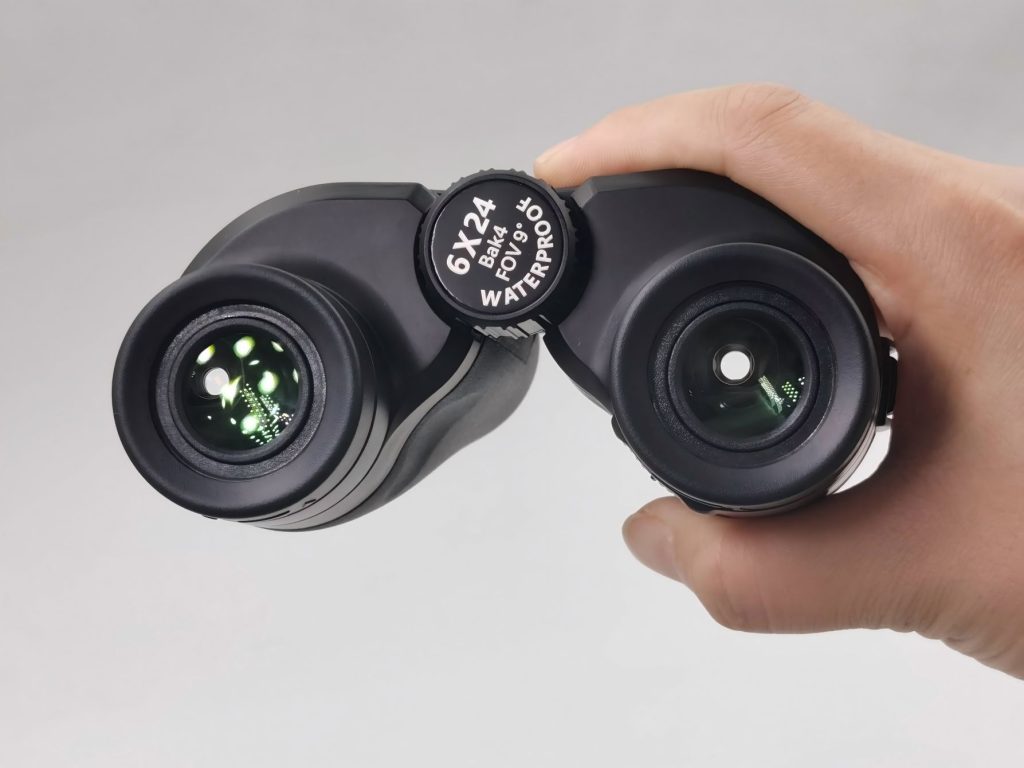
Factors Affecting Viewing Distance
From a manufacturer’s perspective, several factors play a role in determining binocular performance. The table below summarizes these factors, their features, and their effects on viewing distance:
| Factor | Features | Effect on Viewing Distance |
| Optical Quality | High-quality lenses with advanced coatings and precise prisms. | Reduces glare, improves clarity, and enhances brightness. |
| Atmospheric Conditions | Includes haze, humidity, and light pollution. | Limits visibility, even with high-quality binoculars. |
| User Stability | Handheld stability or use of tripods/image stabilizers. | Increased stability enhances focus and clarity at higher magnifications. |
| Target Size and Contrast | Larger, high-contrast targets versus smaller, low-contrast ones. | Easier detection of larger and more distinct objects. |
How FORESEEN Addresses Viewing Distance Challenges
FORESEEN leverages advanced technology and thoughtful design to mitigate the challenges associated with binocular viewing distance. Here are some key approaches and solutions implemented:
| Factor | FORESEEN’s Approach | Impact on Viewing Distance |
| Optical Quality | Utilizes fully multi-coated lenses, high-index prisms (e.g., BaK-4), and precision-engineered glass. | Maximizes light transmission, reduces glare, and delivers high-resolution images. |
| Atmospheric Conditions | Introduces waterproof, fog-proof designs with nitrogen-purged housing. | Maintains performance in humid or wet environments, ensuring clear views. |
| User Stability | Offers lightweight ergonomic designs and compatibility with tripods. Some models feature built-in image stabilization. | Enhances stability for sharper images, especially at high magnifications. |
| Target Size and Contrast | Includes adjustable diopter settings and high-contrast coatings on lenses. | Improves focus and makes distant, low-contrast objects more distinguishable. |
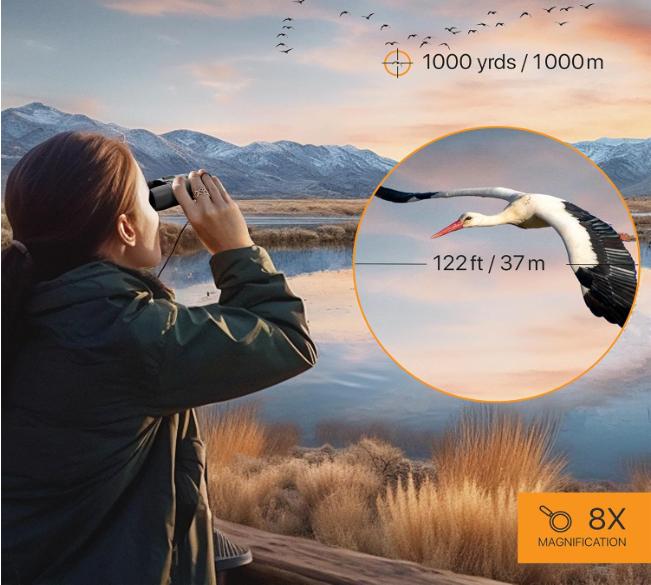
Comparing Common Binocular Models
Foreseen offers a diverse range of binoculars catering to various needs. Below is a comparison of models ordered from short viewing to long viewing distances:
| Model | Magnification | Objective Lens Diameter | Prism Type | Key Features | Best For |
| 6×21 | 6x | 21mm | Roof | Compact, lightweight, easy to carry | Casual Use, Travel |
| 8×21 | 8x | 21mm | Roof | Fully coated lenses, ergonomic design | Kids, Beginners |
| 8×40 | 8x | 40mm | Porro | Wide field of view, bright image | Wildlife Observation |
| 10×25 | 10x | 25mm | Roof | Compact, good for portability | Hiking, Daytime Use |
| 10×42 | 10x | 42mm | Roof | Multi-coated optics, waterproof design | Birdwatching, Sports |
| 10×50 | 10x | 50mm | BaK-4 Roof | Bright, sharp image, great for low light | Stargazing, General Use |
| 12×50 | 12x | 50mm | BaK-4 Roof | Enhanced magnification for distant targets | Wildlife Viewing, Hunting |
| 15×70 | 15x | 70mm | Porro | Large aperture, excellent for astronomy | Astronomy, Long-Distance Use |
| 20×50 | 20x | 50mm | BaK-4 Roof | High magnification, sturdy build | Long-Distance Viewing |
| 40×100 | 40x | 100mm | K9 | Professional-grade, large objective lenses | Surveillance, Astronomy |
These models showcase Foreseen’s adaptability to various applications, ensuring there is a model suited for every need. For more models or to customize according to your ideas, feel free to contact us.

Tips for Choosing the Right Binoculars
As a manufacturer, we understand that selecting the right binoculars can feel overwhelming. Here are some tips to help you make an informed choice:
- Identify Your Primary Use Case: Consider whether you need binoculars for birdwatching, stargazing, sports, or casual outings. Different activities require specific features like higher magnification or wider fields of view.
- Match Magnification to Your Needs: Higher magnifications, such as 12x or 20x, are great for long-distance viewing but may require a tripod for stability. Lower magnifications like 6x or 8x are more user-friendly and versatile.
- Evaluate Lens Size for Lighting Conditions: Larger objective lenses (e.g., 50mm or more) perform better in low-light conditions, ideal for stargazing or dawn/dusk observations.
- Consider Durability and Weather Resistance: Opt for models with waterproof and fog-proof features if you plan on using them in challenging outdoor conditions.
- Assess Optical Quality: Features like multi-coated lenses, phase-corrected prisms, and BaK-4 glass ensure brighter and sharper images.
- Test Ergonomics and Comfort: Ensure the binoculars fit comfortably in your hands, have adjustable eyecups, and are easy to focus.
- Leverage Manufacturer Support: Choose a brand that offers warranties, customer support, and clear product guidance to ensure a confident purchase.
By considering these tips, you can select binoculars that align perfectly with your needs and preferences. As a manufacturer, we strive to design products that combine functionality, durability, and user comfort. Let’s cooperate to get better outdoor experiences, bringing the world closer!

